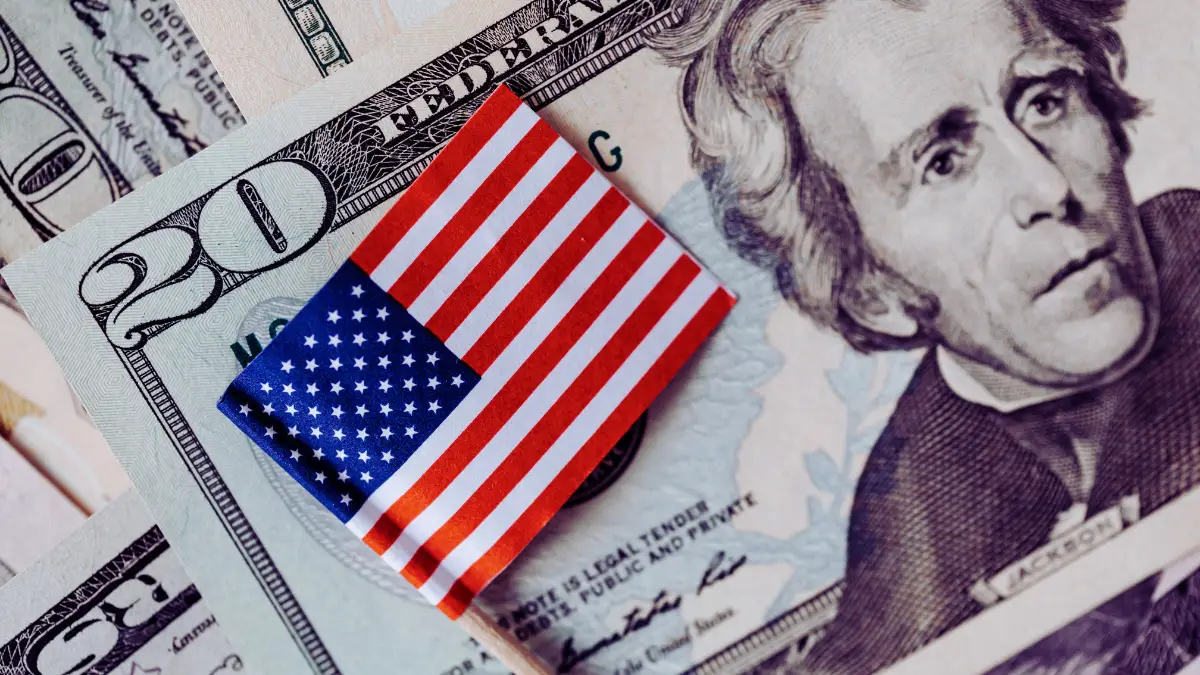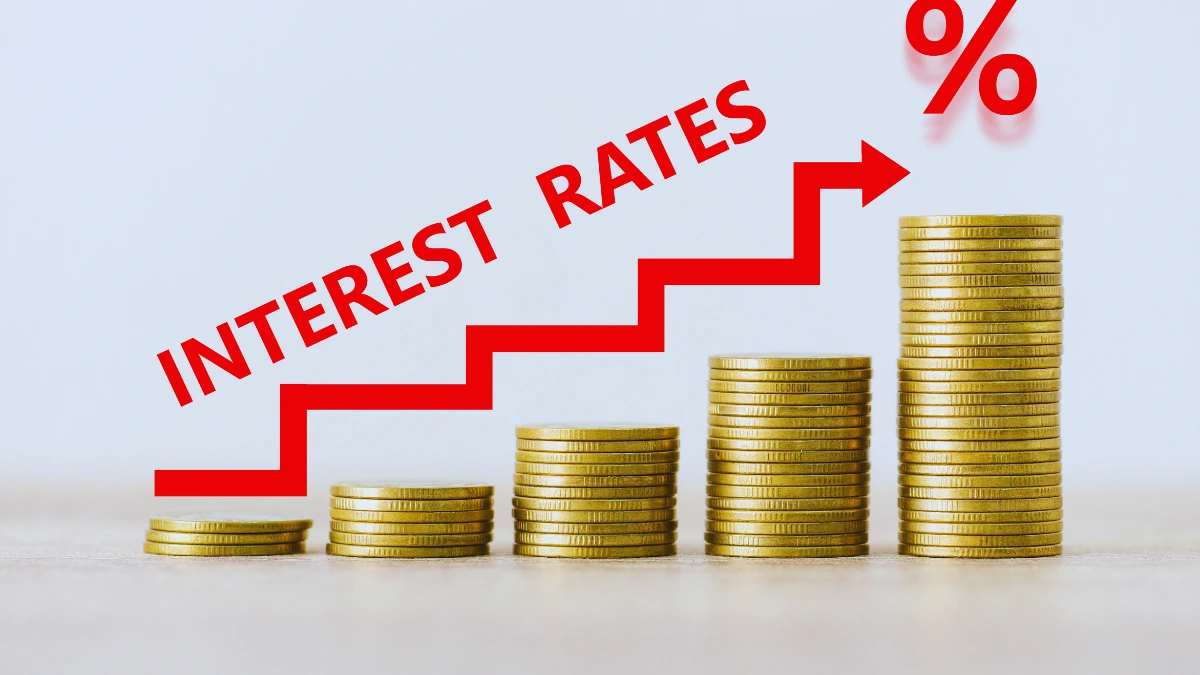You check your investment portfolio and wonder: Why is gold suddenly everywhere in the news?
The price keeps climbing. Financial advisors keep mentioning it. Something big is happening, but the explanations sound like they’re written in a foreign language.
Here’s what you need to know: The world’s central banks just bought more gold in three years than they did in the previous decade. They’re not stopping. And this affects your money whether you own gold or not.
This article will show you exactly what’s happening, why it matters, and what you should do about it.
The Numbers That Changed Everything

In 2024, central banks bought 1,045 tonnes of gold.
That’s about 37 million ounces. Or roughly $75 billion worth at current prices.
But here’s the shocking part: This marks the third straight year they bought over 1,000 tonnes. Before 2022, they averaged just 473 tonnes per year.
They’ve been net buyers for 15 years straight. Every single year since 2010, central banks added more gold than they sold.
The World Gold Council runs an annual survey of central banks. In their 2025 survey, 76% of central banks indicated they plan to increase their gold holdings over the next five years. That’s up from 69% just one year earlier.
Even more telling: 43% plan to increase their gold reserves in the next 12 months. That’s the highest number since they started asking this question.
Gold prices reflect this buying spree. From September 2024 to September 2025, gold jumped from $2,630 per ounce to $3,825. That’s a 45% gain in one year.
Who’s Buying All This Gold?

Poland leads the pack.
The National Bank of Poland bought 90 tonnes in 2024. They added another 49 tonnes in early 2025. Their president, Adam Glapiński, publicly stated he wants gold to make up 20% of Poland’s reserves. They hit that goal and kept buying.
Poland now holds 497 tonnes of gold. That’s 21% of their total reserves.
India came in second. The Reserve Bank of India bought gold every single month in 2024. They added 73 tonnes for the year, four times what they bought in 2023.
Turkey added 75 tonnes in 2024. Their central bank has been a steady buyer for years.
Other major buyers include:
- Czech Republic (steady monthly purchases for 30 straight months)
- Kazakhstan (adding gold for six consecutive months)
- Azerbaijan’s State Oil Fund (34.5 tonnes in 2025)
- China (though many analysts think their real purchases are much higher than reported)
But here’s something important: Only 22% of central bank gold demand shows up in official reports. That means 78% of the buying happens in the shadows.
Some central banks don’t report immediately. Others never report at all. Sovereign wealth funds buy gold but don’t count as “central banks” in the statistics.
The real number is probably much higher than 1,045 tonnes.
Five Reasons Central Banks Can’t Stop Buying
So what’s driving this gold rush? Central banks don’t make decisions on a whim. They have specific, calculated reasons for this massive shift. Here are the five main factors pushing them to buy.
1. The Dollar Isn’t Safe Anymore

For decades, central banks kept most of their reserves in U.S. dollars.
That’s changing fast.
In 2000, the dollar made up 71% of global reserves. By early 2024, that dropped to 58.9%. Countries are actively looking for alternatives.
Why? In 2022, the U.S. and its allies froze $300 billion of Russian reserves. They did this after Russia invaded Ukraine.
That shocked every central banker on the planet.
It didn’t matter if you agreed with the sanctions or not. The message was clear: Dollar reserves can vanish overnight if politics change.
By August 2025, central banks held more gold than U.S. Treasury bonds for the first time since 1996. Gold reserves hit $4.5 trillion. Treasury holdings sat at $3.5 trillion.
This isn’t just about Russia. The World Gold Council’s 2024 survey found that 70% of central banks plan to keep increasing their gold reserves over the next five years.
They’re preparing for a world where the dollar doesn’t rule everything.
2. Gold Can’t Be Sanctioned

Unlike dollars in a bank account, physical gold can’t be frozen by another country.
You can sanction dollar transactions. You can block access to Swift (the banking network). You can freeze Treasury bonds.
But you can’t make gold bars disappear from a vault.
This matters more as geopolitical tensions rise. Trade wars, military conflicts, and diplomatic disputes all make countries nervous about holding too many assets that someone else controls.
The European Central Bank published a study in June 2025 examining why central banks hold gold. Their survey found that banks value gold for three main reasons:
- Long-term store of value and inflation hedge
- Good performance during crises
- Effective portfolio diversifier
But they also found something new: concerns about sanctions and “the possible erosion of the role of major currencies” now influence gold holdings.
Gold offers what financial experts call “no counterparty risk.” You don’t need to trust another government, bank, or institution. The gold just sits in your vault.
3. Geopolitical Chaos Keeps Getting Worse

Russia and Ukraine. Israel and Hamas. U.S.-China tensions. Trade disputes. Election chaos.
Pick any news day and you’ll find three crises that could blow up the global economy.
Central banks prepare for worst-case scenarios. That’s literally their job. When they see rising instability, they buy the thing that holds value when everything else falls apart.
Gold performed exactly this role in 2023 and 2024. When Silicon Valley Bank collapsed in early 2023, gold prices jumped. When Hamas attacked Israel in October 2023, gold jumped again.
The World Gold Council estimated that geopolitical events alone added 3-6% to gold’s price in 2023.
We’re now in a constant state of heightened tension. Major elections happen across the world (U.S., India, EU). Military conflicts continue. Trade relationships crack.
Central banks see this. They’re betting it doesn’t get better anytime soon.
4. It’s a Perfect Inflation Hedge

Every central bank worries about inflation eating away at its reserves.
Gold has protected against inflation for thousands of years. It’s one of the few things that consistently maintains purchasing power across centuries.
This matters right now because many countries are still dealing with stubborn inflation. Even though headline inflation rates came down from their peaks, underlying price pressures remain strong.
Central banks hold reserves to maintain financial stability. If inflation cuts the real value of those reserves in half, they failed at their job.
Gold doesn’t pay interest. But it also doesn’t lose value to inflation the way cash does.
When you adjust 2024 gold prices for inflation, they actually exceeded the peak from the 1979 oil crisis. That’s saying something—1979 was one of the worst inflation periods in modern history.
5. Banking Regulations Now Favor Gold

This might sound boring, but it’s huge.
Under banking rules called Basel III, gold now counts as a Tier 1 asset. That puts it in the same category as cash and government bonds.
What does this mean in normal English?
Banks used to have to set aside extra capital if they held gold. It was treated as a riskier asset. Now they don’t.
This change took effect in phases starting in 2021. By 2024, it will be fully implemented across most banking systems.
The practical result: Holding gold became more attractive for both central banks and commercial banks. It doesn’t hurt their balance sheets anymore.
This regulatory shift might sound like a technical detail. But when you make something easier and cheaper to own, people buy more of it.
What This Means for Gold Prices

State Street, a major financial firm, projects gold could hit $3,100 per ounce in 2025.
Goldman Sachs goes further. They forecast $4,900 per ounce by December 2026.
Those aren’t wild guesses. They’re based on the same trend we’re discussing: Central banks keep buying, and they’re not price-sensitive.
Normal investors buy when prices are low and sell when they’re high. Central banks don’t work that way. They buy gold for strategic reasons that have nothing to do with short-term price movements.
This creates what analysts call a “price floor.” Even if other investors panic and sell, central banks keep buying. That prevents gold from crashing.
Supply matters too. Central banks are absorbing more of the available gold supply. Mining companies can’t increase production fast enough to keep up. It takes years to develop a new mine.
Limited supply + steady demand = higher prices.
Gold hit 41 new record closing highs in the first 10 months of 2024. It briefly topped $3,500 in 2025 before pulling back slightly.
But here’s the thing: Despite this massive run-up, experts think there’s still room for prices to climb.
Should You Follow the Central Banks?

Here’s where this gets personal.
Central banks are run by some of the most conservative financial minds on the planet. They don’t take risks. They don’t speculate. They protect their countries’ financial security.
When these ultra-careful institutions all make the same move, it’s worth paying attention.
High net worth investors are already following this lead. A 2024 survey by State Street found that wealthy investors nearly doubled their gold allocations in just one year. They cited gold’s safe-haven status as the main reason.
Ray Dalio, the billionaire investor who founded Bridgewater Associates, recommends allocating about 15% of your portfolio to gold. He called it an “optimal mix” at a financial conference.
That’s higher than the traditional advice. For years, financial advisors suggested 5-10% in precious metals. Now, many are recommending 10-15%.
But before you run out and buy gold, understand your options:
- Physical gold means buying actual coins or bars. You own it. You can touch it. But you need to store it safely. And you’ll pay a premium above the spot price.
- Gold ETFs trade like stocks. They’re easy to buy and sell. Most are backed by physical gold in vaults. But you don’t actually own the gold—you own shares in a fund that owns gold.
- Gold mining stocks give you exposure to gold prices plus the potential for company growth. But they’re more volatile. A mining company can fail even if gold prices rise.
- Gold IRAs let you hold physical gold in a retirement account. This gives you tax advantages but adds complexity and fees.
If you decide to invest, don’t try to time it perfectly. Gold is at a high price right now. Dollar-cost averaging—buying small amounts over time—reduces your risk of buying at a peak.
Start small. See how you feel about it. Remember that gold doesn’t pay dividends or interest. It just sits there. Its value comes from being a hedge against other things going wrong.
The Risks Nobody Talks About

Central bank buying doesn’t guarantee gold goes up forever.
Let’s be honest about the downsides.
- High prices could slow buying. Even central banks notice when gold costs twice what it did two years ago. Some might pause their purchases. Finland actually sold 10% of its gold reserves in December 2024 because prices got so high.
- A strong dollar hurts gold. Gold is priced in dollars. When the dollar strengthens against other currencies, gold often falls. This relationship isn’t ironclad anymore (it broke down in 2022-2024), but it still exists.
- Rising interest rates compete with gold. If bonds start paying 6-7% interest, some investors will sell gold to buy bonds instead. Gold doesn’t pay you anything to hold it.
- Mining supply could catch up. Higher prices make previously uneconomical mines worth opening. If supply increases significantly, it could pressure prices down.
- Central banks could change their minds. Trends reverse. Maybe the geopolitical situation improves. Maybe the dollar stabilizes. Maybe a new reserve asset emerges (though what that would be, nobody knows).
None of these risks means you shouldn’t consider gold. They mean you should think clearly about how much to allocate and why.
What You Should Do Now

Central banks bought 1,045 tonnes of gold in 2024. They plan to buy more in 2025. Fifteen years of steady buying show this isn’t a fad.
They’re protecting themselves against:
- Dollar instability and sanctions risk
- Geopolitical chaos
- Inflation
- A changing global financial system
The data shows they’re not stopping. 76% plan to hold more gold five years from now. That’s the highest percentage on record.
For you, this means gold deserves serious consideration in your portfolio.
Talk to a financial advisor about your specific situation. Consider starting with 10-15% of your portfolio in gold-related investments. Use dollar-cost averaging to reduce timing risk.
But don’t go all-in. Gold is insurance, not a get-rich-quick scheme. It’s there to protect you when other investments stumble.
The world’s most conservative financial institutions are making a clear statement: Gold matters again. They’re buying it by the ton while the price keeps climbing.
That should tell you something about what they expect the future to look like.

